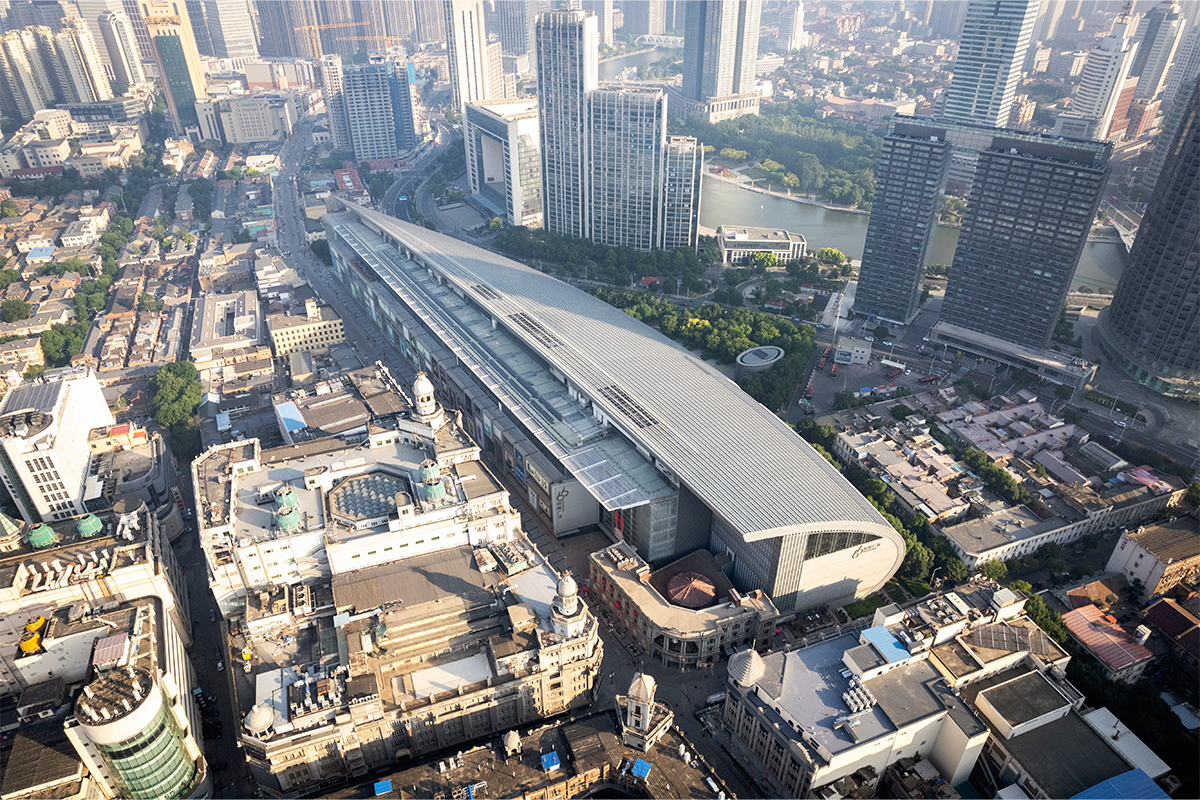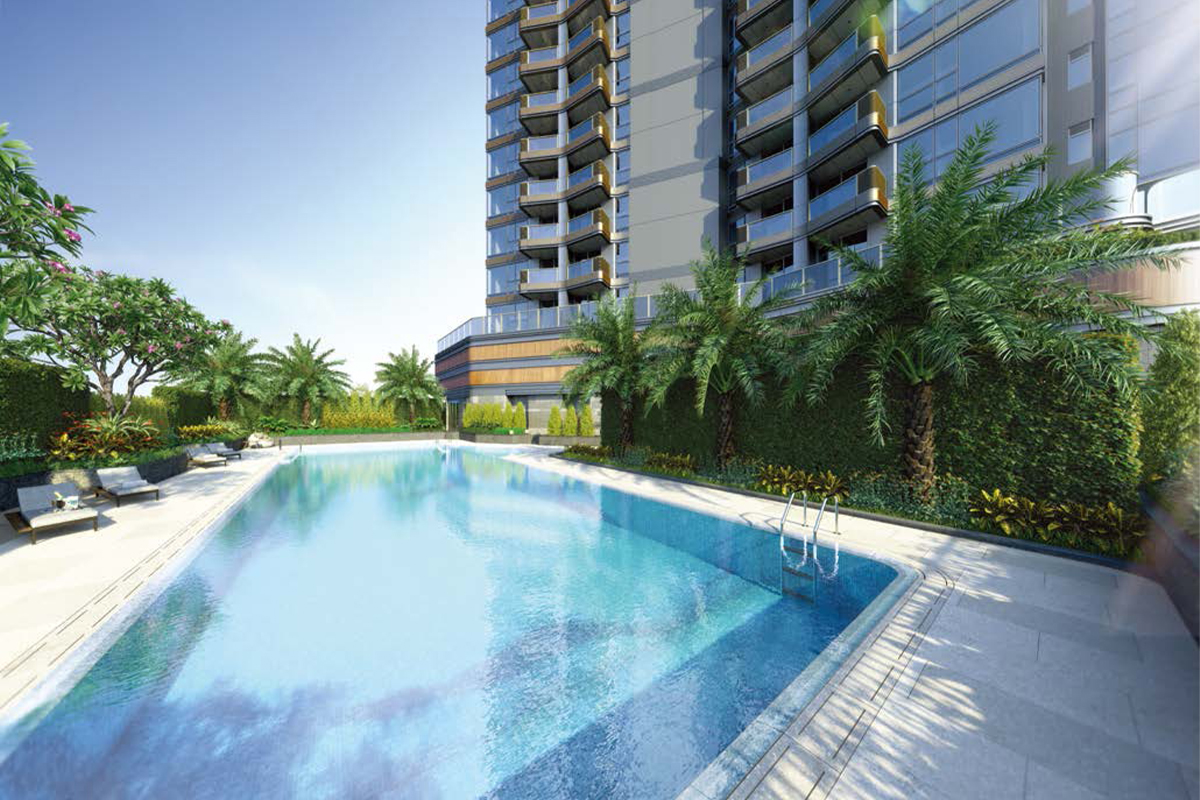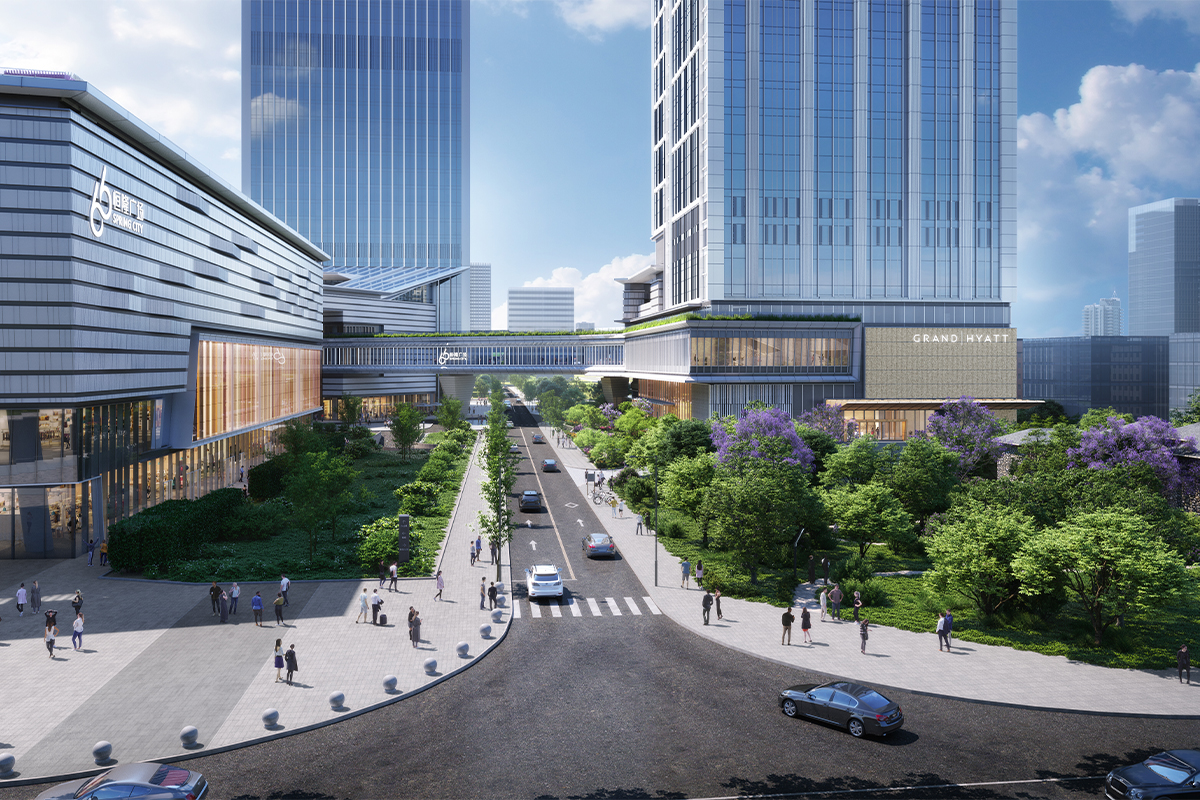Through meticulous analysis and evaluation, we identified 26 enhancements specifically tailored for locations at higher risk of flooding. Our solutions were as diverse as they were effective. For example, to manage the excessive backflow of rainwater, we constructed rainwater reservoirs. These reservoirs serve a dual purpose: they help control the overflow and allow us to repurpose the stored rainwater for irrigation and flushing.













